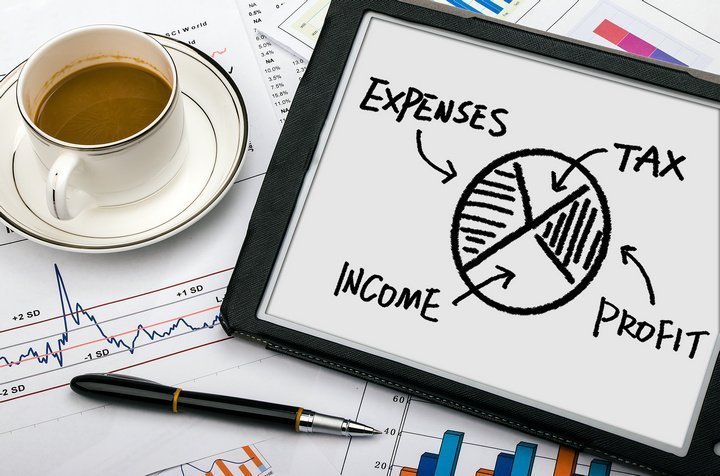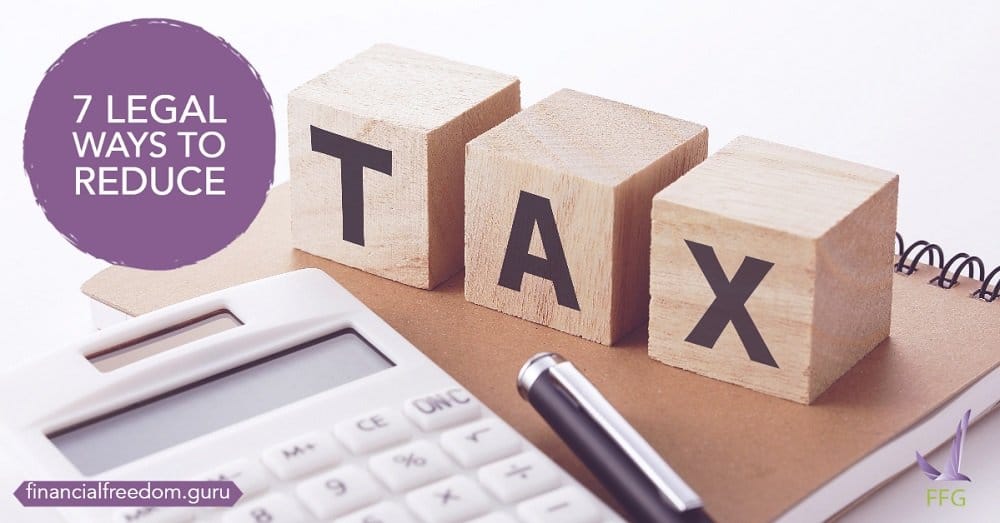Smart Tax Loss Selling in 2024

It’s the end of the year, and the stock markets are down. It’s true; the markets may not have been too favorable to many people this year. There is a bright side to the dismal markets. It presents an opportunity to capitalize on tax savings by selling low performing stock: this is called tax loss selling. In this guide, we’ll define tax loss selling clearer, and explore strategies to exploit it. It is best to follow up with a tax specialist before taking any action. Feel free to refer to this guide when talking to your tax specialist about your particular situation.
Table of Contents
Tax Loss Selling: How It Helps to Reduce Your Tax Bill
What is tax loss selling?
Tax loss selling is an income tax tool. It allows an investor to sell an asset that has suffered capital loss to offset capital gains from another asset(s). In other words, you can subtract part or all of your gains from your investment losses. Doing this will minimize the taxes you owe. Generally, capital loss is deductible when filing your income tax return.
An example
Let’s say you held $10,000 in Doodad Industries stock and $10,000 in shares from the Widget Corporation. This year the value of the Doodad shares decrease to $7,000, and you decided to sell all of it. You’ll realize $3000 in capital losses from the sale. Widget Corporation had a good year, and the value of your shares increased to $13,500. You have $3,500 in capital gains this year. Overall,
Net Capital = Capital Gains – Capital Losses
If the net capital is positive, you have a net capital gain; if it’s negative, you have a net capital loss. In the example above, you’ll have
Net Capital = $3,500 – $3,000 = +$500
You will only need to pay capital gains tax on the $500 difference between your capital losses and capital gains.
Capital gains and losses fall into one of two categories: short-term and long-term. A sale is long-term if you held onto the stock for at least 366 days, otherwise, it is a short-term capital sale. Short-term gains are taxed at your ordinary income tax rate. Long-term gains are capped at 20% for the top bracket.
If your income tax bracket is… | Your long-term capital gain tax will be… |
|---|---|
| Less than 25% | 10% |
| 25 – 35% | 15% |
| More than 35% | 20% |
The rules for using a capital loss
The IRS doesn’t allow you to just apply capital losses any way you want. There is an order to how the loss must be matched against your investment gains.
- The capital loss must be applied to the same type of capital gain. If the capital loss came from a short-term sale, then it must be first applied to a short-term capital gain. Long-term capital losses should be used against long-term capital games.
- Excess capital losses can be applied to any other capital gain. You must eliminate all short-term or all long-term gains first. Only then you can apply your losses to the other types of qualified asset appreciation.
- If your capital losses exceed all of your capital gains, you can use the remainder to decrease other income. This is allowed up to $3,000 of other income. You may be able to apply it to income like wages and salary.
Say you had $3,500 in short-term capital losses, and $800 and $1200 in short-term and long-term capital gains, respectively. You must first apply your capital losses to eliminate the $800 short-term gain. This leaves you with $2,700 in capital losses, which can then be used against the long-term gains. The remaining $1500 from your capital losses can then be applied to other income, like your wages or salary.
However, let’s say that you initially started with $7,000 in short-term capital losses. Your short-term and long-term capital gains are $1,500 and $1,700 respectively. You would perform the same actions, matching short-term losses to short-term gains first, then short-term losses to long-term gains. This would leave you with $3,800 in capital losses to apply to your income. However, you would not be able to use the full amount; you would only be able to claim $3,000.
The “wash sale” rule
This places limits on which capital losses can be used to reduce capital gain taxes. Let’s say you sold stock and realized a capital loss. Sometime within the window of thirty days before and thirty days after the sale, you purchase a “substantially identical” investment. This is a wash sale. At tax time, you cannot use the capital loss from the sale to offset your gains from the repurchased asset. Investors must wait for thirty days to pass between selling and repurchasing stock from the same company. The same holds true for index and mutual funds tracking the same market, even if they are from different companies.
A note about “substantially identical” investments
An investment is considered substantially identical to another one if the IRS does not recognize a difference between them. ETFs, index, and mutual funds with 70% similarity, or track the same market, may be considered substantially identical for tax purposes. Your tax specialist can provide more guidance on such investments.
More Ways to Benefit from Tax Loss Harvesting

There are other ways that you can squeeze a little more from tax lost selling:
- Pick up bargain stocks. There are plenty of opportunities to purchase discounted stocks these days. Bargain hunters can find a range of stock to add to their portfolio at lower costs than usual. Remember each company is unique. Before purchase, the company should be carefully reviewed to ensure that it fits in with your overall investment strategy. Some stock will recover faster than others, and timing the market may not be practical.
- The Sell-and-Buy-Back Strategy. This is a risky option. For one, you must make sure that you don’t run afoul of the “wash rule”. There is also no guarantee that by the time you can repurchase the stock, the price is still favorable.
If there is an investment that’s losing money, it’s a smart idea to review that stock’s position in your portfolio. Should you decide to sell it, it may be wiser to take the tax deduction. The proceeds from the sale may be better spent on a more promising investment.
Conclusion
It’s unfortunate that the stock market is down. You may still gain some end of year benefits for your portfolio through tax loss harvesting. There is no guarantee that using this method will magically achieve the results you need. It is best to consult with a tax specialist. They can help you understand which of these actions can provide you with the best benefits. Remember, when making a decision about your investments, choose actions based on what’s best for your overall strategy.





